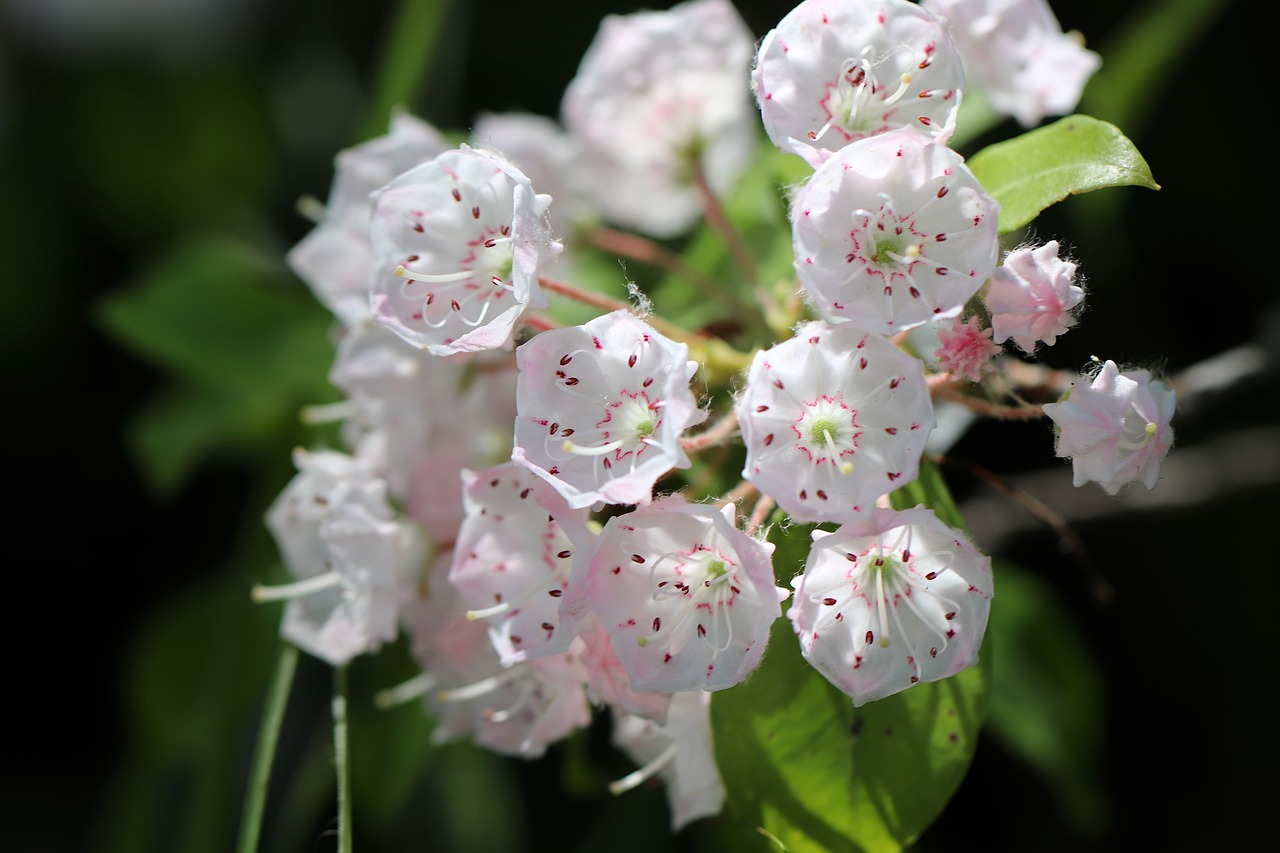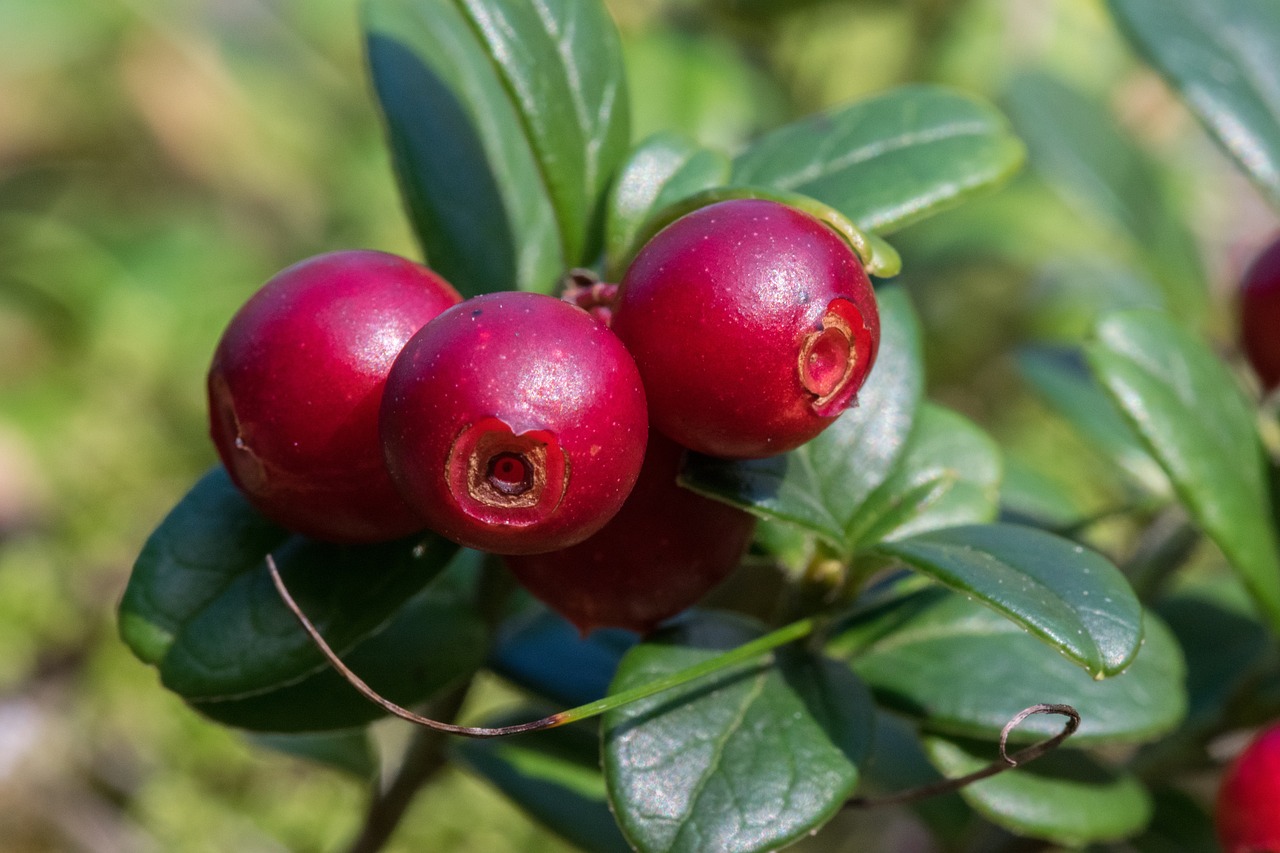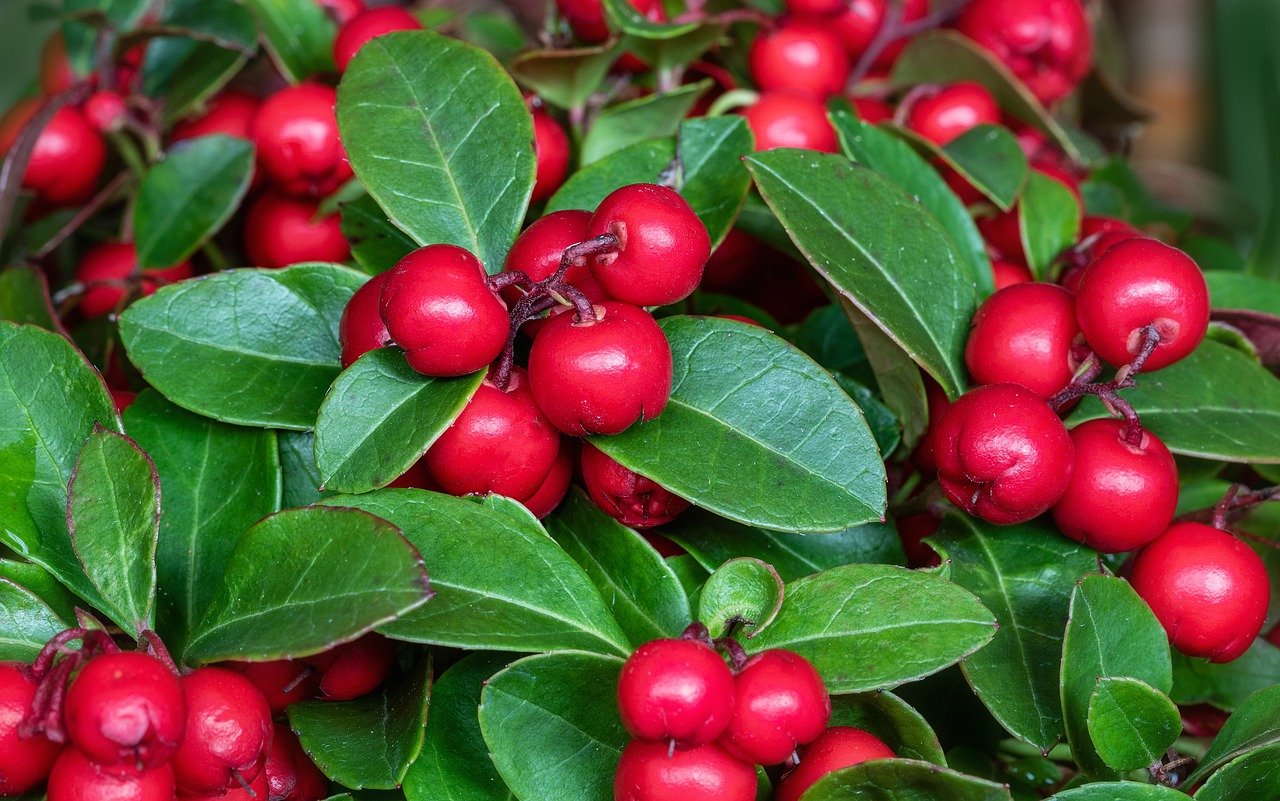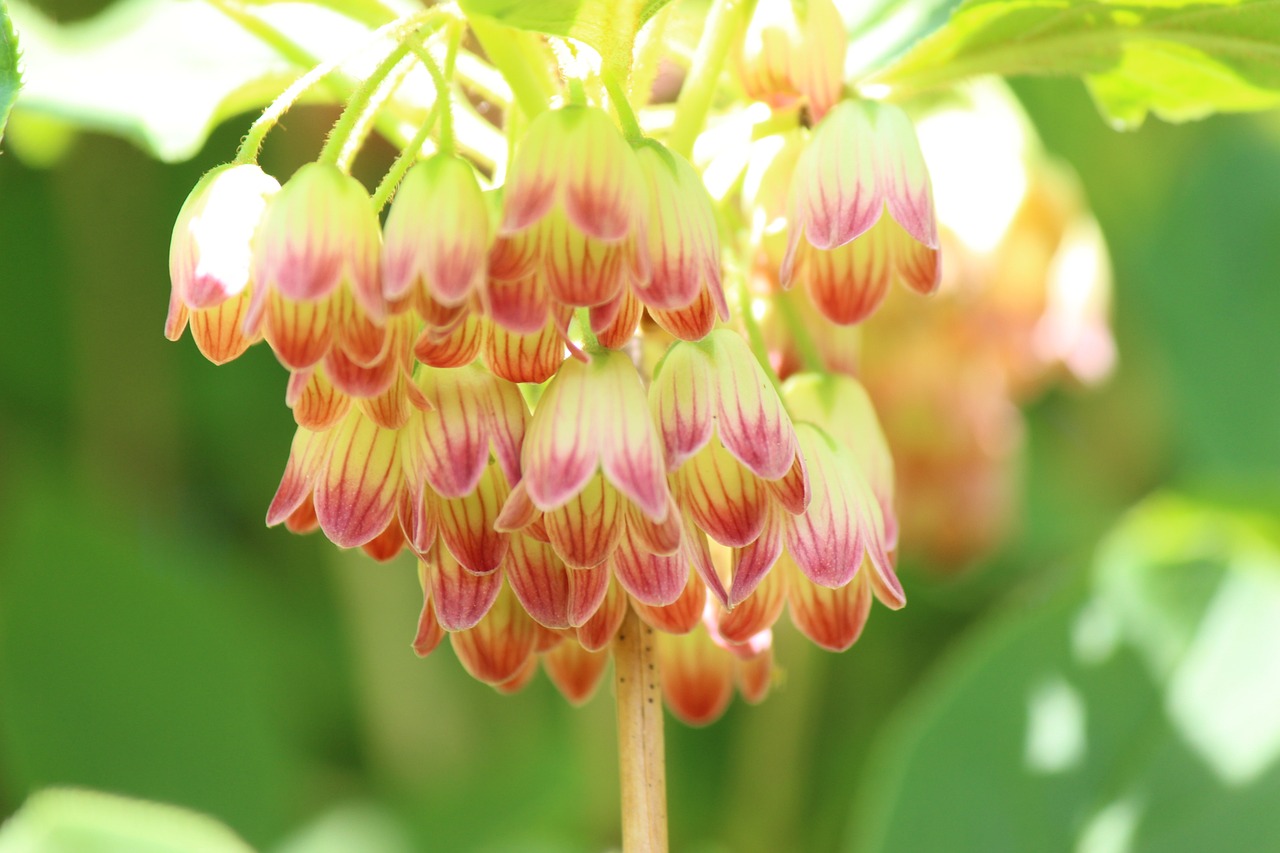Japanese andromeda: Features and Care
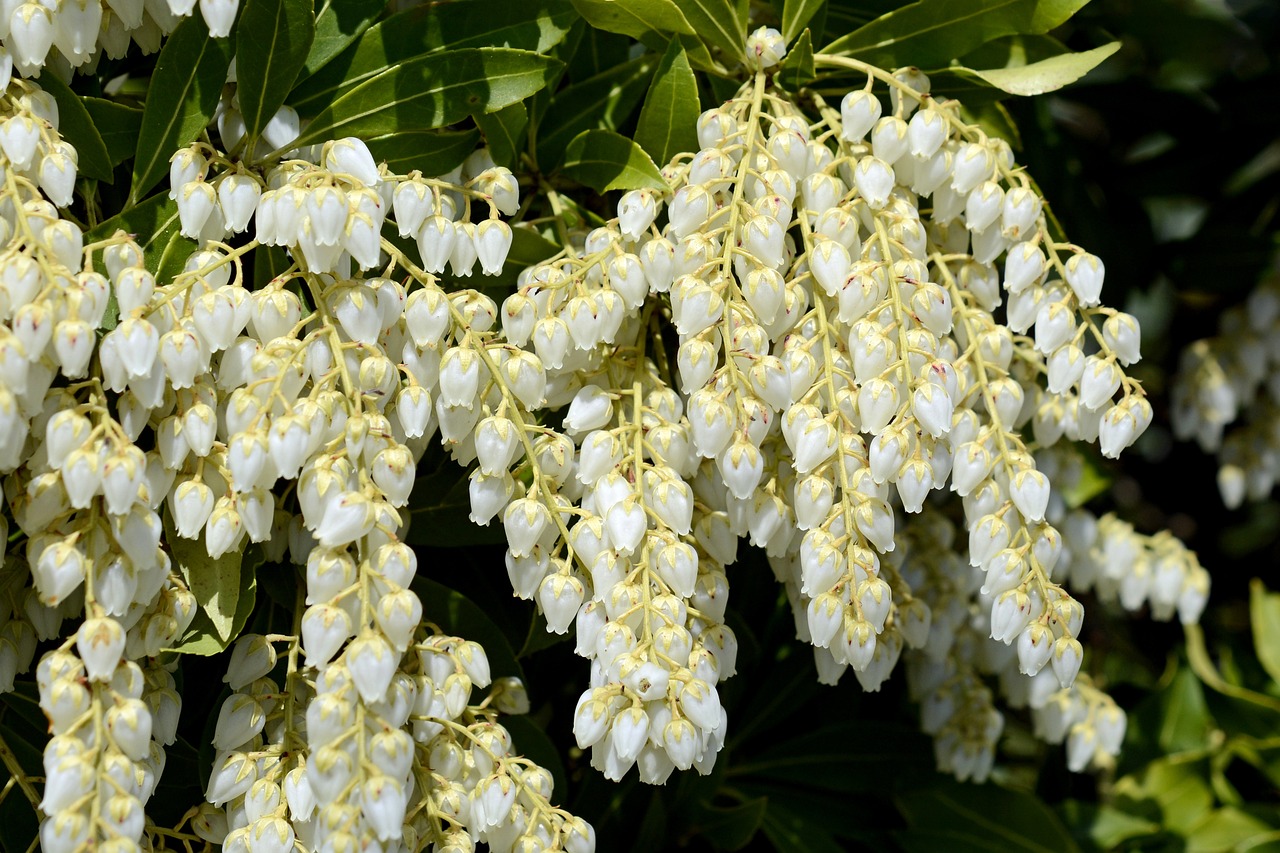
Japanese andromeda (Pieris japonica) is an evergreen shrub known for its bell-shaped white flowers that bloom in early spring. Popular in traditional gardens and shrines in Japan, it adds an elegant touch to any landscape.
This article explores its basic information, cultural significance, history, and care tips.
Basic Information
- Scientific Name: Pieris japonica
- Family: Ericaceae
- Origin: Japan, China, Korea
- Appearance: Japanese andromeda grows 1–3 meters tall and features glossy, dark green leaves. In spring, it produces clusters of delicate, bell-shaped flowers in white or light pink, creating a graceful and serene look.
- Blooming Season: February to April
Cultural Significance Around the World
Japanese andromeda holds a special place in Japanese garden culture and shrine landscaping. Its evergreen nature and spring blooms create a harmonious seasonal aesthetic. The plant is mentioned in classical Japanese literature, such as the Manyoshu, symbolizing serenity and grace.
In China, it is admired as a garden plant and often featured in literature and art, reflecting its delicate beauty. In Europe, it is widely grown as an ornamental plant, appreciated for its refined appearance and year-round charm.
Historical Episodes
Japanese andromeda has deep roots in Japanese history and culture. In ancient Japan, it was planted in shrine grounds and near pastures to protect livestock from consuming its toxic leaves. This association with protection and sacredness has made it a symbolic plant in Japanese traditions.
During the Heian period, Japanese andromeda was celebrated in poetry, representing an ideal of natural beauty. By the Edo period, it gained popularity as an ornamental shrub, and selective breeding expanded its use in gardens and public spaces.
Gardening Advice
Japanese andromeda is a hardy plant, but proper care will enhance its natural beauty. Here are some key points for successful cultivation:
Sunlight
Thrives in partial shade to full sun but avoid direct summer sunlight to prevent leaf scorch.
Watering
Water young plants regularly to establish roots. For mature plants, water moderately, ensuring the soil does not dry out completely.
Soil
Prefers acidic, well-drained soil. Amend the soil with peat moss or azalea potting mix for best results.
Fertilizer
Apply acid-based fertilizers in spring and fall to promote healthy growth. Use sparingly to avoid fertilizer burn.
Pruning
Prune after flowering to remove dead or crowded branches and improve air circulation.
Conclusion
Japanese andromeda is a charming evergreen shrub that offers both year-round greenery and springtime beauty. Its cultural and historical significance adds depth to its appeal, making it an excellent choice for traditional and naturalistic gardens.
Grow Japanese andromeda to enjoy its graceful presence and timeless elegance.

